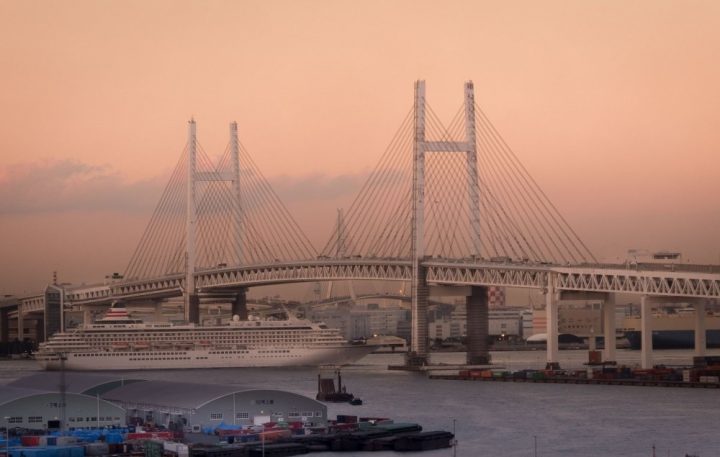Get to know Kanagawa by interacting with the creatures at the aquarium!
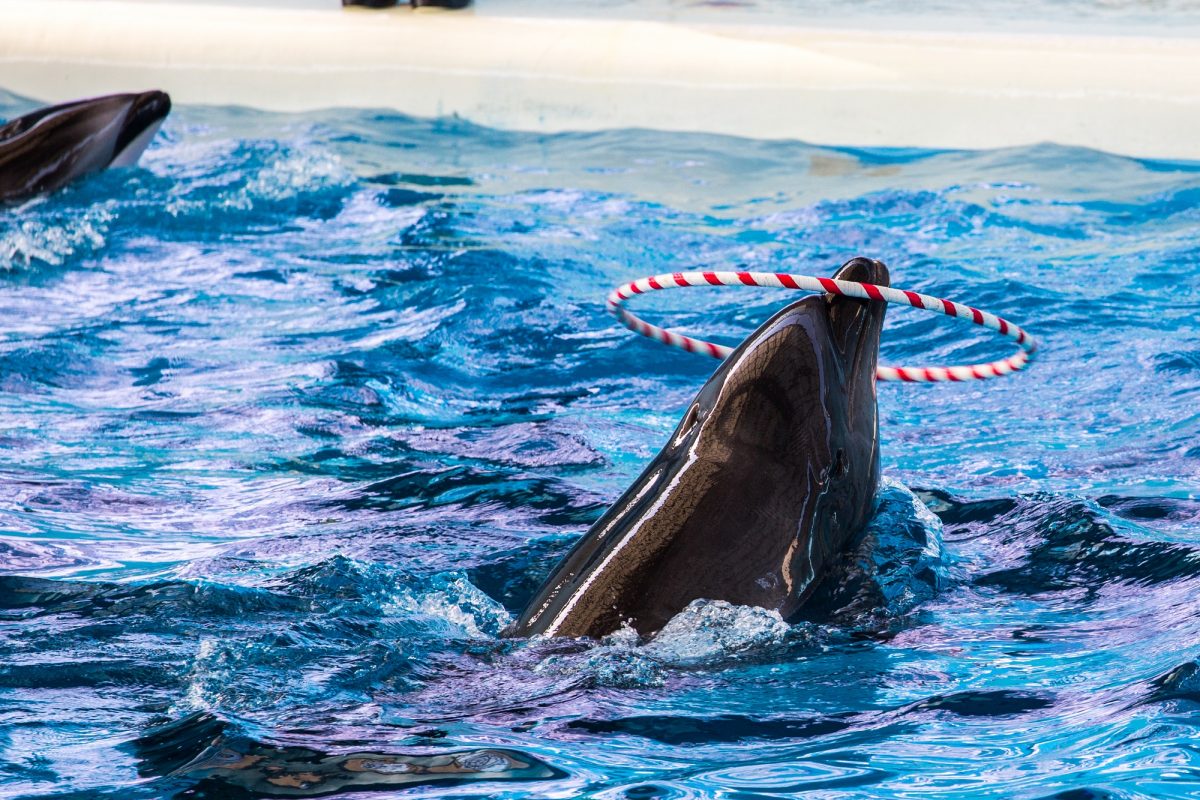
Kanagawa Prefecture has many fascinating aquariums. They have a wide variety of concepts, including aquariums where you can interact with animals, aquariums themed around Kanagawa's ocean and nature where you can learn about Kanagawa, and aquariums themed around freshwater fish from Kanagawa and around the world, and each facility has its own unique appeal. Today, we would like to introduce some of the aquariums in Kanagawa Prefecture along with their features.
Yokohama Hakkeijima Sea Paradise
Yokohama Hakkeijima Sea Paradise has four aquariums: Dolphin Fantasy, Aqua Museum, Fureai Lagoon, and Umi Farm. (In addition to the aquariums, there are also many other attraction facilities.)
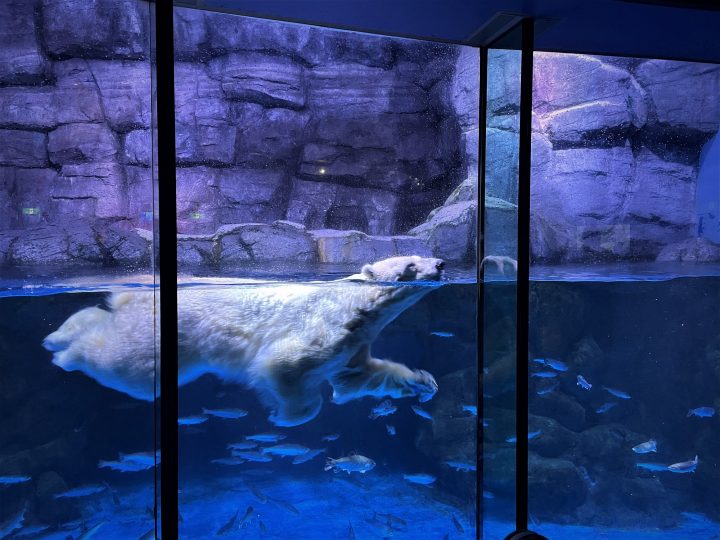
At Dolphin Fantasy, once you enter the aquarium, you walk through an arched tank.
A baby dolphin was born on June 3rd, and it was a heartwarming sight to see it swimming alongside its mother. The baby dolphin is growing rapidly, so this may be a rare sight that only comes around now.
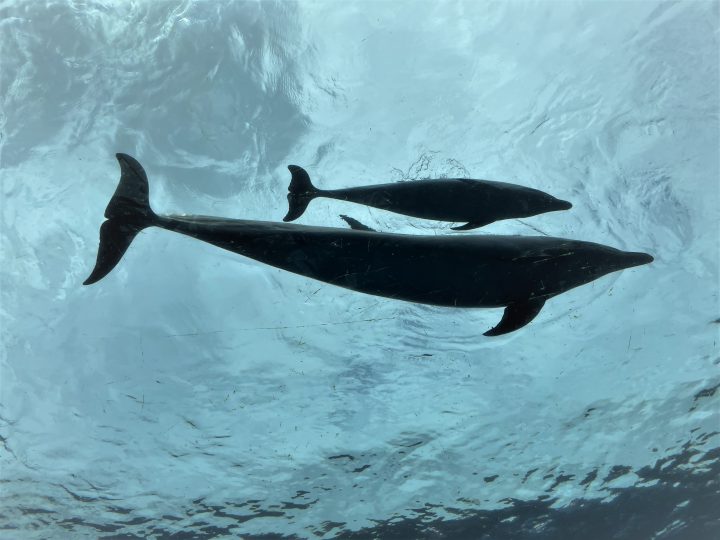
The Aqua Museum is home to approximately 120,000 animals from approximately 700 species, including deep-sea fish and cold-water animals. There are plenty of attractions to see, including polar bears and seals, a large aquarium that houses 50,000 sardines, the largest number in Japan, and dolphin shows.
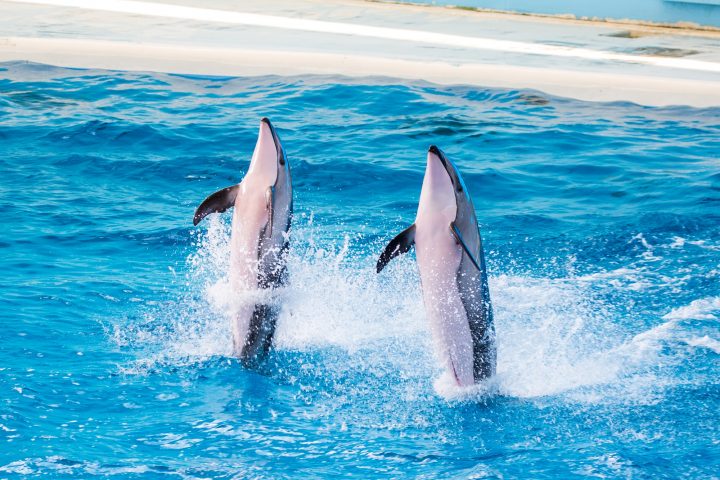
At Umi Farm, you can learn about the importance of nature, the environment, and working towards the 5DGs in a fun and easy-to-understand way through the "ocean education" experience. At the Fureai Lagoon, you can interact with a variety of animals, including bottlenose dolphins, beluga whales, penguins, and otters. Perhaps the greatest feature of the facility is the large number of animals you can interact with. The Fureai Lagoon offers many unique experiences, such as shaking hands with dolphins and feeding them.
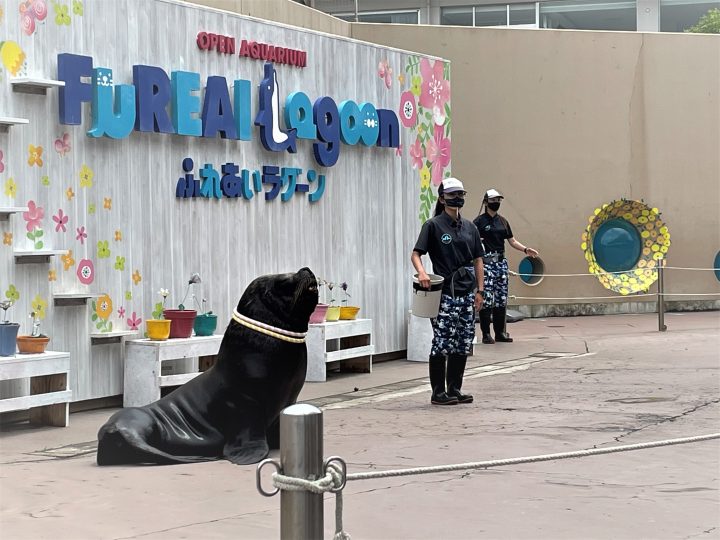
[Official Website] Yokohama Hakkeijima Sea Paradise
Enoshima Aquarium
The Enoshima Aquarium is located just a 3-minute walk from Katase-Enoshima Station on the Odakyu Line, right in front of Nishihama Beach, a famous swimming beach. It opened in July 1954 and has a long history of 67 years.
Originally called Enoshima Aquarium, it was renovated in 2004 and renamed "Shin-Enoshima Aquarium." The building has two floors above ground and one below ground, and displays dolphins, penguins, sea lions, many colorful fish that live in the Pacific Ocean, fantastical jellyfish, and even creatures that live in the deep sea.
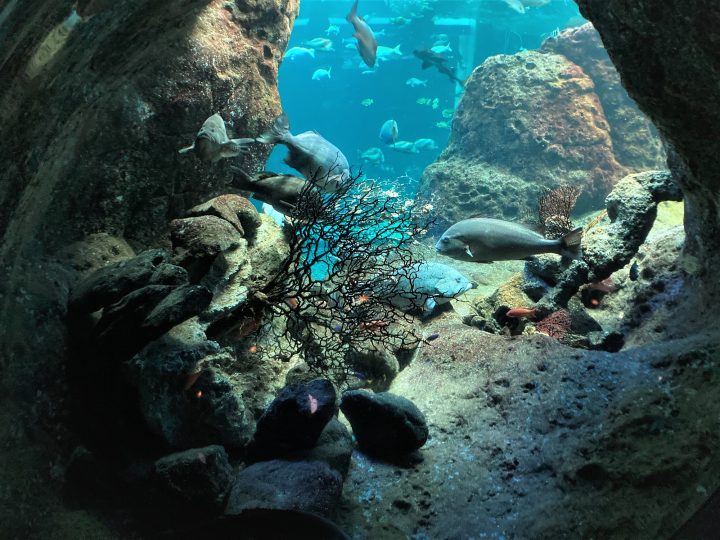
One of the most distinctive features of the Enoshima Aquarium is the exhibit about Sagami Bay, which can be found immediately upon entering. The creatures of Sagami Bay, which spreads out before your eyes, are introduced at each depth, along with their characteristics and the creatures that live there, allowing you to learn more about what kind of place Sagami Bay is. In addition, the large Sagami Bay tank, which houses all the fish that live in Sagami Bay, is filled with so many fish swimming leisurely that you'll want to watch them forever.
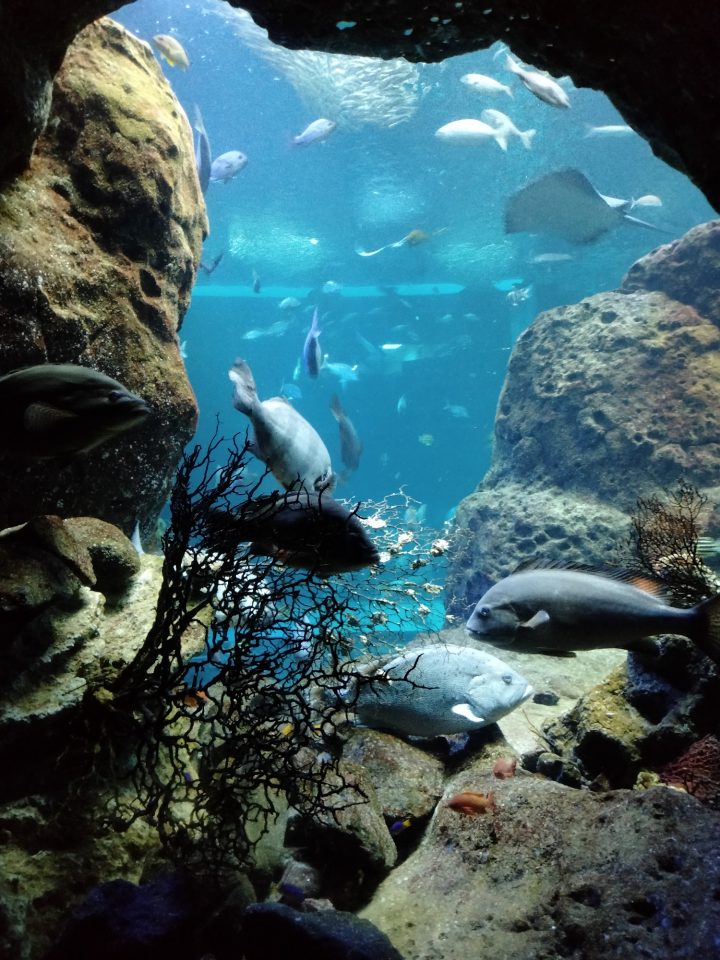
The second feature is the many exhibits of materials related to the research of Emperor Showa and the former Emperor, including materials related to Emperor Showa's research on Sagami Bay creatures and the former Emperor's research on gobies.
-720x473.jpg)
This aquarium offers both fun and educational experiences, with dolphin and sea lion shows, fish feeding, and craft workshops.
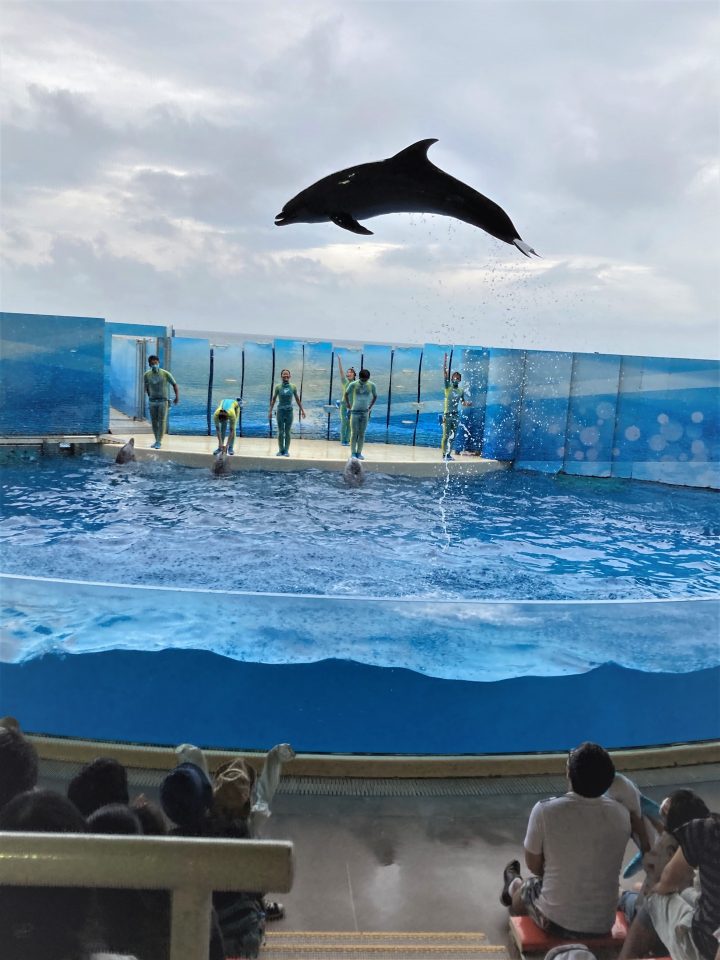
[Official Website] Enoshima Aquarium
Kawasaki Aquarium
Kawasui Kawasaki Aquarium (hereafter referred to as Kawasui) is located on the 9th and 10th floors of Kawasaki LeFron, just a one-minute walk from JR Kawasaki Station.
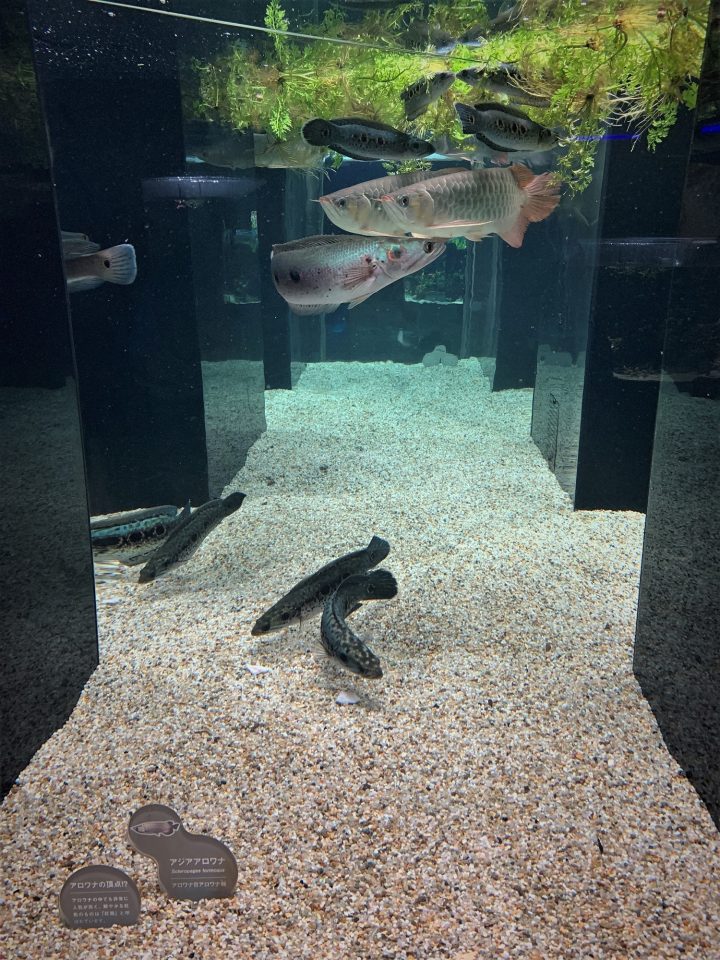
The Tama River Zone, Oceania/Asia Zone, South America Zone, and Amazon Zone are all recreations of waterside areas from around the world, and the fish and animals that live there are on display. Rather than exhibiting a single species, the idea is to have the creatures that live in those areas live in the recreated waterside areas.
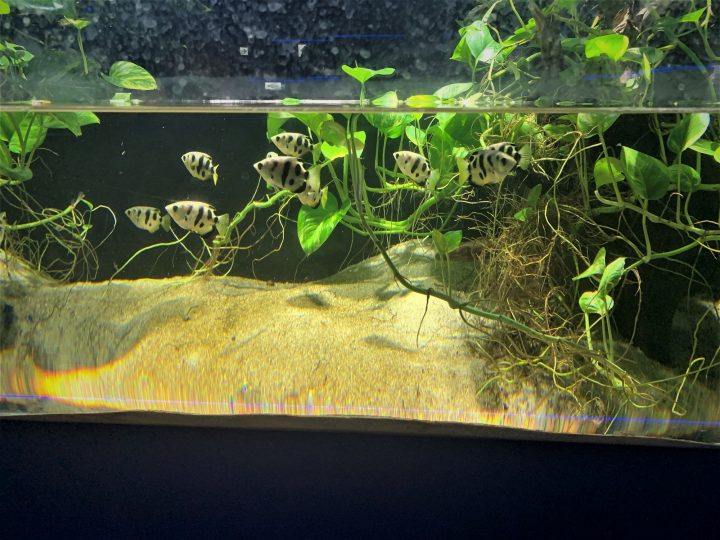
The concept is to focus on creatures that live near freshwater bodies of water rather than the sea, and the museum also exhibits and provides detailed explanations of creatures that live in the Tama River basin that flows through the local city of Kawasaki.
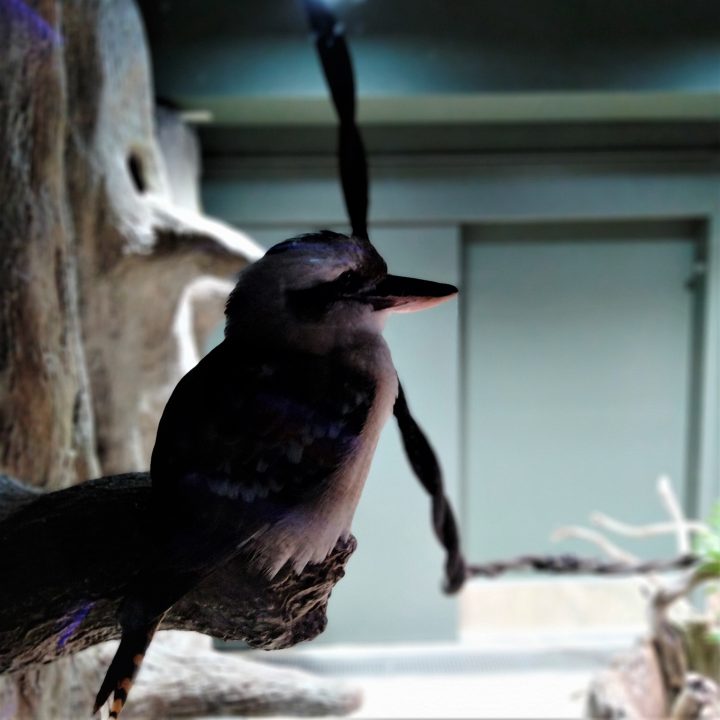
Due to space limitations, there are no large creatures on display, but in the panoramic screen zone, dolphins and whales come to play using projection mapping, making it feel as if you are in the ocean.In addition, there are events where staff will give detailed explanations about the ecology of these animals, allowing you to learn about ecology that is not normally available to you.
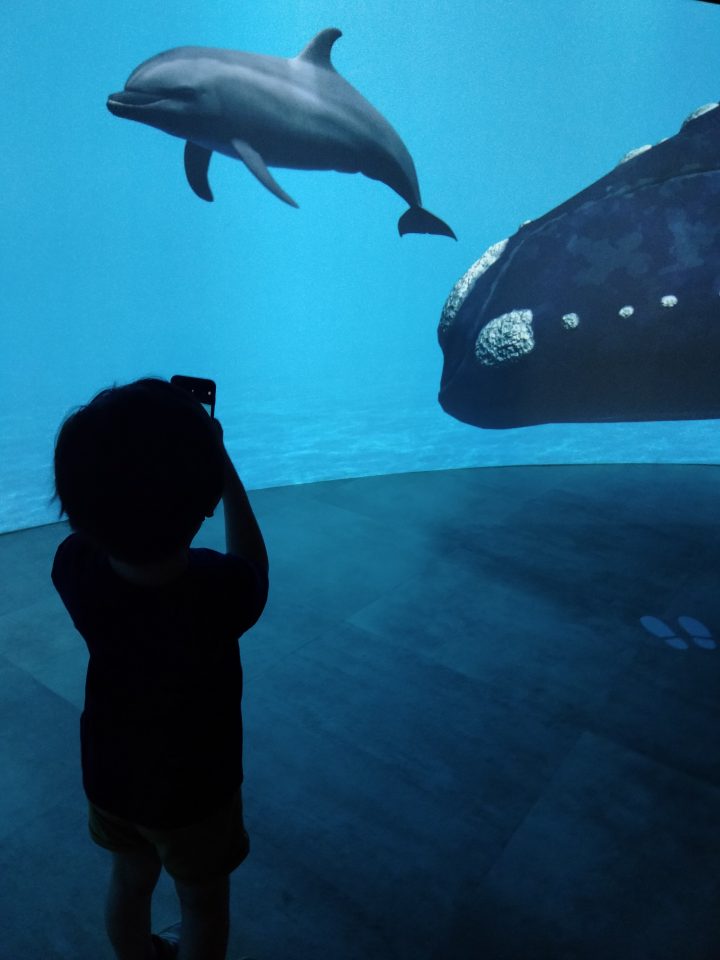
[Official Website] Kawasaki Aquarium
Aburatsubo Marine Park
Aburatsubo Marine Park opened in April 1968 as part of the Keikyu Railway's 70th anniversary celebrations. The "Fish Kingdom" exhibition facility features a large, circular aquarium called the Donut Sea. You can see many fish swimming leisurely, including sawfish, sand tiger sharks, and bull sharks. The sight of so many fish swimming around you is truly breathtaking.
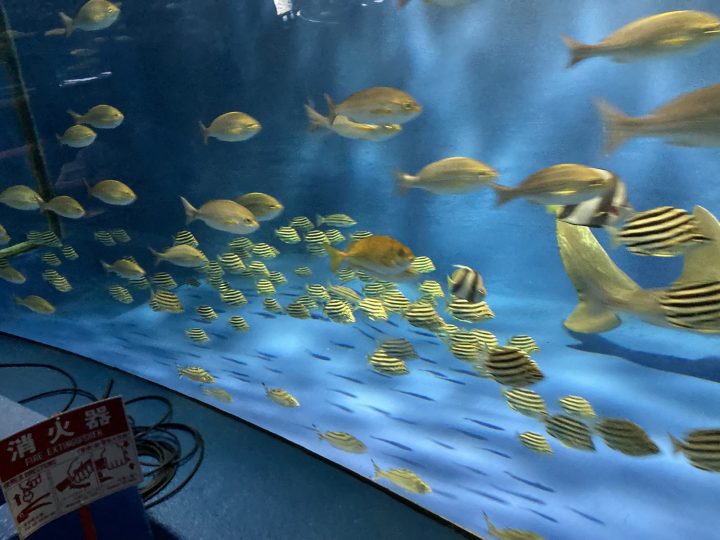
Also on display are specimens of megamouth sharks and giant squids, as well as the results of academic dissections.
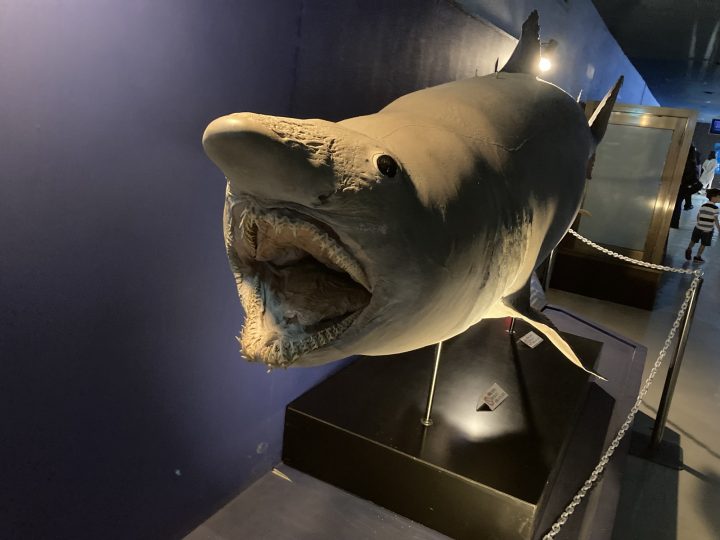
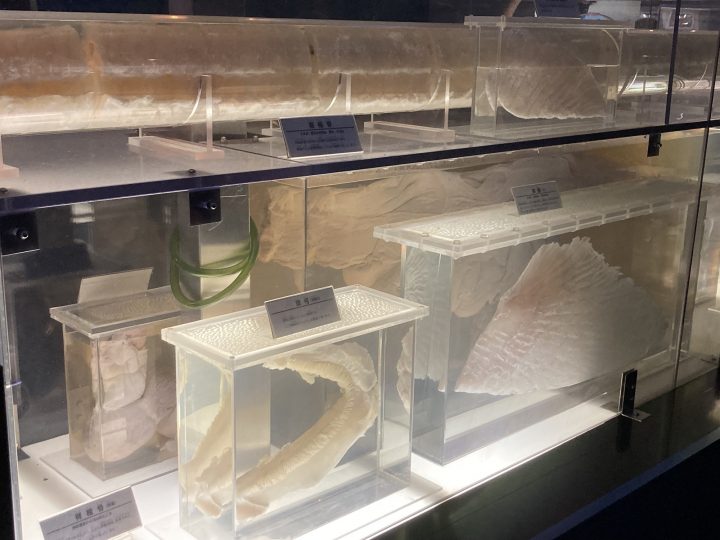
Another must-see is the dolphin and sea lion show in the "Fantasium." The program is rich in storylines, and the one I saw was about taking over the world from Aburatsubo. The dolphins and sea lions performed in perfect unison to take over the world.
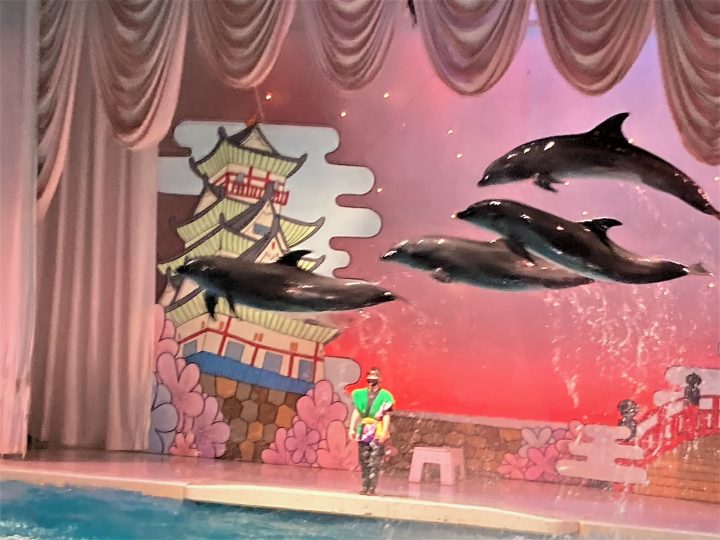
There are also exhibits based on the local Sagami sea and Miura nature, allowing visitors to learn about the characteristics of Sagami sea and Miura nature.
Due to the significant deterioration of its buildings and facilities, Aburatsubo Marine Park is scheduled to close on September 30, 2021. With a 53-year history, Aburatsubo Marine Park is sure to hold fond memories for many visitors. We would like to express our gratitude to Aburatsubo Marine Park for creating so many wonderful memories.
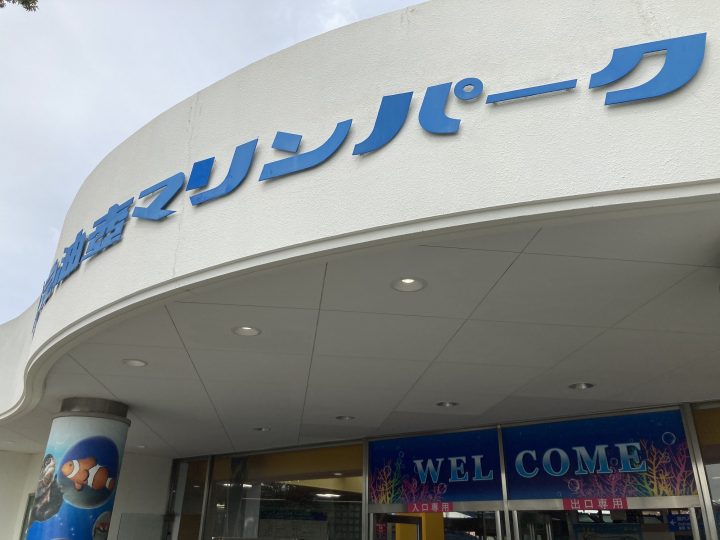
[Official Website] Keikyu Aburatsubo Marine Park
Kanagawa's aquariums have exhibits that are deeply rooted in the local area. There are many facilities where you can learn about the local ocean, nature, and ecosystems, and I was able to learn about Kanagawa's geographical and natural features. It's a very valuable experience to learn about Kanagawa and the Earth while interacting with fish and animals. Why not give it a try?
